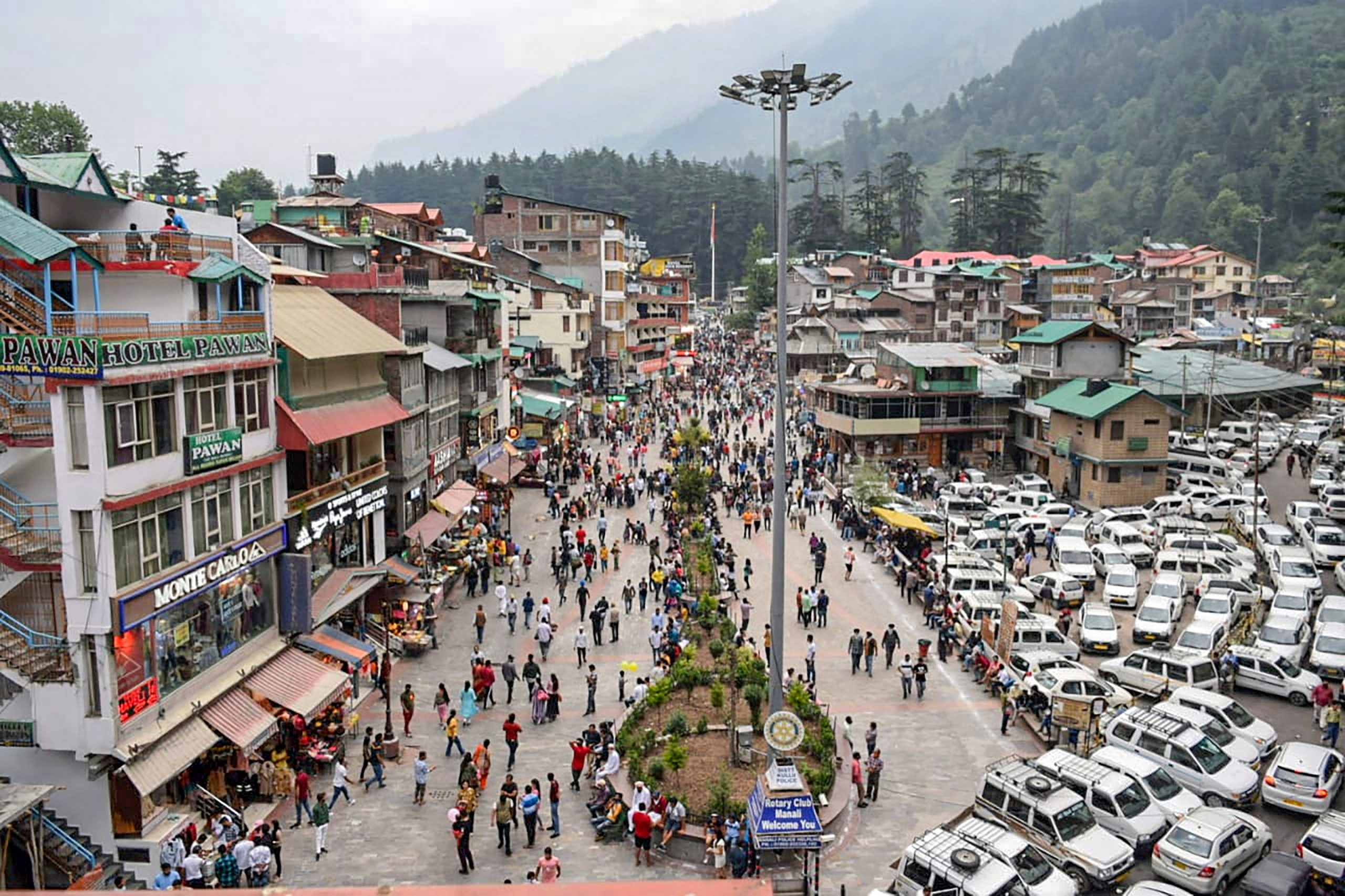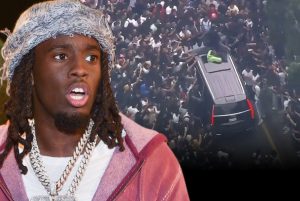As India got some respite from COVID-19, tourists thronged several hill stations in what a cop defined as “tourism with a vengeance.” This came right after the country was severely battered by the second COVID wave, which led to thousands of people dying of the deadly disease.
Also read: Kenya to Turkey: Countries accepting visa applications from Indian travellers
This also comes right ahead of a possible third wave that experts say will hit the country in August-September.
Also, it was widely reported that huge crowds at the Kumbh Mela in Haridwar and at the election rallies across four states were a major factor behind the second wave. But it seems, some people have learned nothing and as the Himachal Pradesh government eased the COVID norms, they thronged Manali in the Kullu district.
The visuals from the tourist spot sparked a meme fest on social media and the reactions were both hilarious and scary.
Also read: 5 places you must visit before they disappear
Tourists flocked the hill station at a time when a large part of north India experienced heatwaves. Also, the state government had recently eased the COVID rules, according to which a person needed a negative RTPCR report and e-COVID pass to enter the state.
“After the COVID-19 restrictions were relaxed in June, we’ve received about 6 to 7 Lakh tourists in the state so far,” Amit Kashyap, Director, Tourism Department told ANI.
“Tourist inflow has been increased as heatwave hits the northern part of the country,” he added.
Meanwhile, a senior police officer of Himachal Pradesh called it “tourism with a vengeance”.
“Over 10,000 vehicles crossed Parwanoo towards Shimla over the weekend. Hotels, home stays are all packed to capacity even in remote corners of Shimla and Kinnaur,” tweeted the police officer,
“This is tourism with a vengeance !” he added.
Also read: 4 Indian routes perfect for the post-lockdown road trip
Tourism contributes 7% to Himachal Pradesh’s total economy.
The second-worst hit by the pandemic, India has recorded more than 30.6 million cases and 403,281 deaths.







